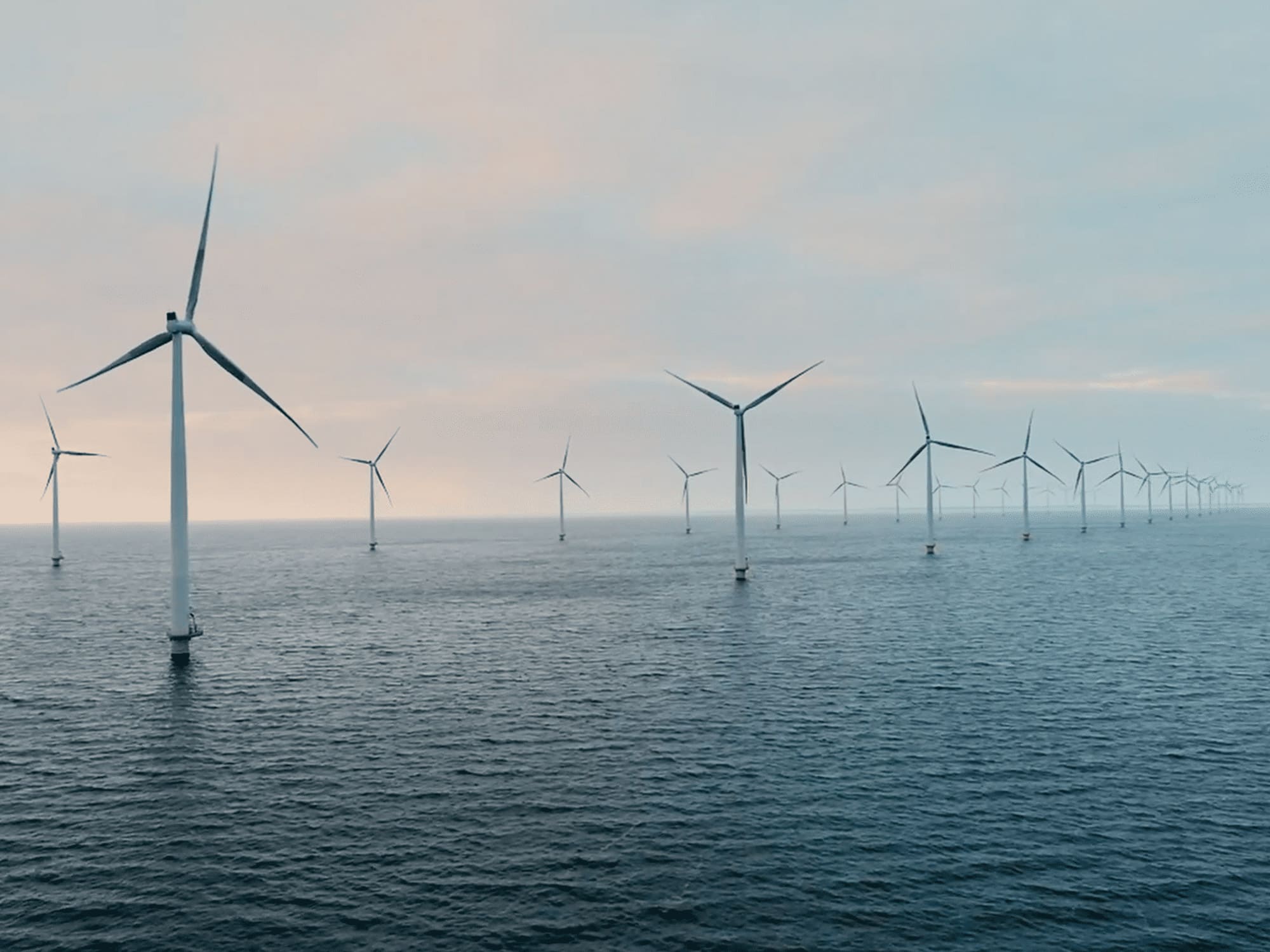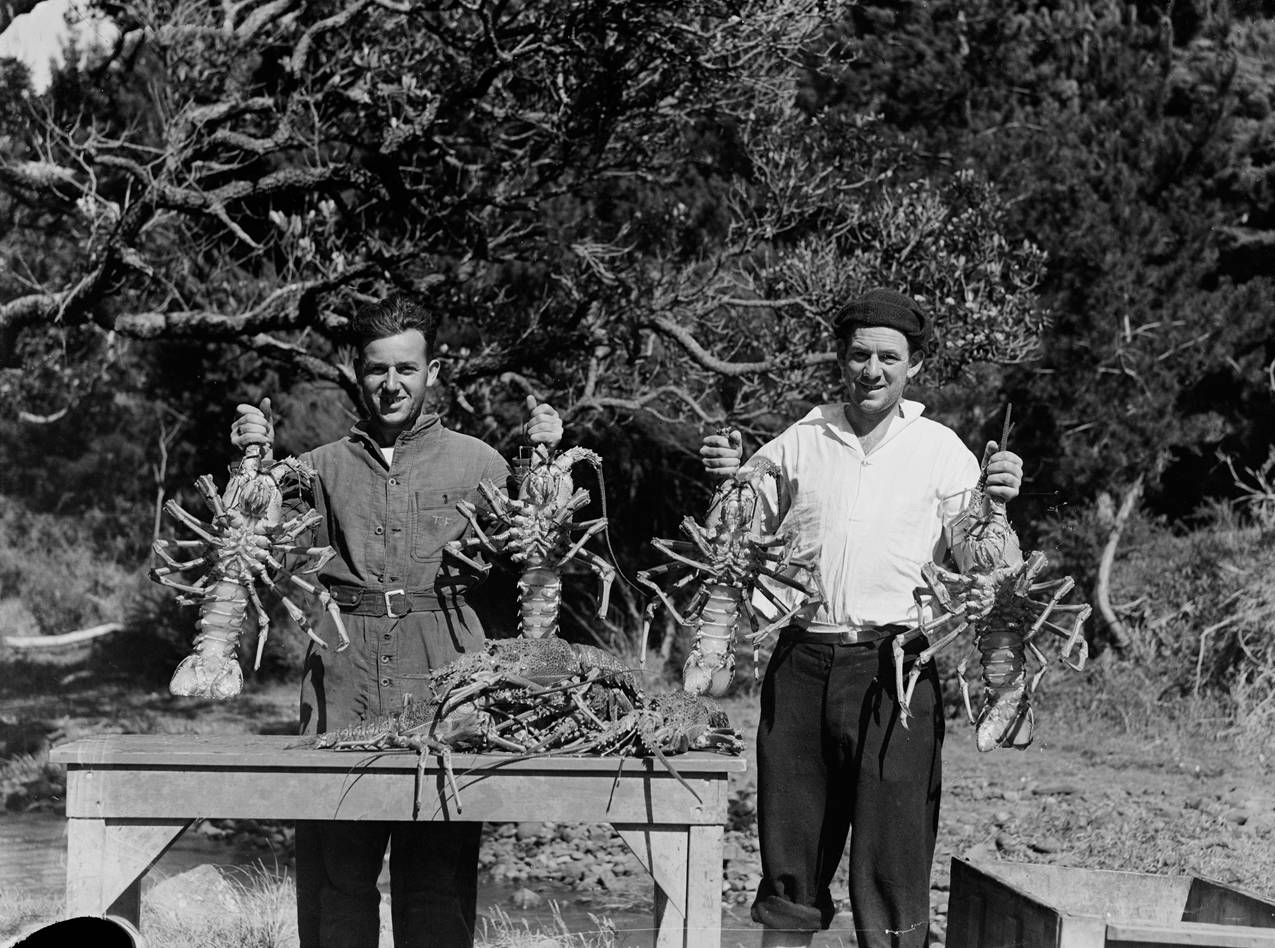
Towards Solutions


What is my impact on climate change?
Data essay by Charles Anderson and Chris McDowall
Climate change is big and it can feel overwhelming. It may seem like New Zealand does not have a big part to play in any solutions to the global problem. Yet despite our low total emissions, our emissions per person are some of the highest in the OECD. So something needs to change. But what – and how?
We turned Aotearoa into a farm. Over the course of almost 200 years, bushland and wetlands across the country were drained, burned and felled, with grass sown in their place. By 2017, 42% of New Zealand’s land was used for beef, sheep and dairy farming. That led to an explosion in economic prosperity. But the industry that made New Zealand rich also gave it a less-than-enviable greenhouse gas footprint. That’s because cows and sheep emit methane into the atmosphere, which is considered 28 times worse for the planet than carbon dioxide.
Through our reliance on agriculture, New Zealand becomes the 21st highest per capita greenhouse gas emitter in the world, and fifth highest in the OECD. That’s the equivalent of every person in the country emitting 18 tonnes of greenhouse gases every year.
Simple breakdown of main emission sources
The hidden role of households
The above chart shows that agriculture makes up a large proportion of our emission profile. So it looks like the only way to make a serious dent in our emissions makeup is to stop farming all together. But there are other ways to measure greenhouse gas emissions. “Consumption-based” statistics, compiled by Statistics New Zealand, make the link between emissions from production processes, foreign or domestic, throughout the entire supply chain of a product, before reaching the final consumer.
Flow of greenhouse gas emissions
The idea is to broaden the emission lens to include consumers. Our collective consumer choices are responsible for what is produced in the world. These new estimations attempt to quantify emissions created from our demand for certain products and services. Together, they reflect the carbon footprint of our nation’s consumption and lifestyle choices.
The above interactive chart is a type of flow diagram where the width of a bar represents the size of the flow of emissions. It shows how emissions from the production of goods and services, on the left side of chart, flow to emissions generated as a result of what we consume, on the right side.
Take a look at the right side. It shows that we export much of our carbon foot print – 46.5%. However, households still have a part to play, responsible for 38.2% of our carbon foot print.
From 2011 to 2017, the household carbon footprint increased by 1.5% a year. This was driven in part by our continued love affair with our cars. During that time household transport emissions increased by 2,069 kilotonnes, or 15%.
“These findings highlight the ‘hidden’ role households have in driving emissions,” Stats NZ environmental-economic accounts manager Stephen Oakley says.
Lowering our reliance on emissions-heavy transport is hard. We need better public transport, along with walkways and cycleways. Then there is the task of convincing people that these are better options than driving. It is likely we would need higher petrol prices to discourage driving, but that would hurt poor people as much as the well off. Unfortunately, the uptake of electric cars has also not been fast enough. In 2016 the government set a goal of having 64,000 electric vehicles on our roads by the end of 2021. As of August 2020, there are only 22,000 – and only about 17,000 of these are “pure” electric vehicles, rather than hybrid models.
What we eat matters
There are other ways to make an impact. What we eat matters. If you take the concept of food consumption as a whole – not just the farming of it or the consuming of it, but also everything in between – then a picture emerges.
Greenhouse gas emissions for New Zealand foods
This life cycle also includes processing, packaging and everything that goes into the final product. Each step of that cycle produces emissions. Unsurprisingly, the farming of our household goods still makes up the largest proportion of each food’s emissions. To express this the above data interactive uses CO2e, or carbon dioxide equivalent, which is a standard unit for measuring carbon footprints.

Perhaps surprisingly, it is not beef or lamb that tops the list. Instead, crab and crayfish farming produces the largest emissions. It creates 41.7kg of CO2e – compared to 21kg for beef and 16.6kg for lamb. This is due to the more intensive fuel use involved in crayfish production. For all of these meats, production creates the huge majority of their emissions. But play with the below data set and you will see that for products like leafy greens, tropical fruits or carrots, the vast majority of their emissions come from packaging and transporting. Their overall impact, however, is much lower.
There is a simple way to help mitigate climate impact through what we eat. Foods that are generally health promoting, such as vegetables, fruits, legumes, and whole grains, also tend to be those that are climate friendly. In contrast, certain foods that carry known health risks are particularly climate polluting. For example, the production and consumption of red and processed meat is associated with increased risk of cardiovascular disease, type 2 diabetes and certain cancers, while also being highly emissions intensive. This is due to the capacity of cows and sheep to emit large quantities of methane gas, a potent greenhouse gas.
The economic realities of 2050 will be radically different from those of today. That change needs to be driven by consumers, as our choices will determine what the food industry decides to produce. Both major political parties have announced policies around addressing climate change, but neither has addressed the agriculture industry. While some farmers are shifting to more sustainable ways of production, there needs to be much more work in this area.
The Climate Change Response (Zero Carbon) Amendment Act was voted in almost unanimously at the end of 2019. Its goal is to contribute to the worldwide effort under the Paris Agreement to limit the global average temperature increase to 1.5°C above pre-industrial levels.
The Act plans to do that by reducing net emissions of all Aotearoa’s greenhouse gases to zero by 2050. However, under the Act, our agriculture industry only needs to reduce its methane production by 10% by 2030.
But there is a change in habit happening. New Zealanders are starting to go meat free. In 2014 only 4% of Kiwis were “always or mostly” not eating meat; in 2019, according to a recent Colmar Brunton survey, it was 15%. If that trend continues, it may force changes to our local food industry in spite of governmental requirements.
New Zealand is a small emitter of greenhouse gases; but collectively, small emitters account for a really significant proportion of global emissions. If all small emitters cut their emissions, their collective impact would be as big as that of any country in the world except China.
Perhaps we need to think more about what we consume, or drive less, or eat fewer foods that produce high emissions. Perhaps we need to think more about what we buy and what we don’t. The only way anything positive is going to happen is by all of us working to make change.
And it begins with four easy words: how can I help?
How can I help?
There are lifestyle choices that can make a major difference in helping mitigate climate change.
Eat
In Aotearoa, half of our greenhouse gas emissions come from agriculture. So, reducing meat and dairy consumption will make the biggest impact on your carbon footprint. Moving from consuming animal to plant-sourced protein would give a 37% better chance of keeping temperature rise under 2°C.
Buy
Buying produce which is either grown or manufactured locally is a far better alternative than importing goods from overseas. These goods which are transported around the world by sea account for 3.3% of global carbon dioxide emissions.
Air travel
Air travel is a huge emitter. While the Covid-19 pandemic might have lessened the kilometres we fly, the industry will come back. We need to continue with alternatives embraced during the pandemic – for example, by asking whether a video conference will do.
Land travel
The freedom of car use comes with an excessively high carbon cost. Using public transport or buying an e-bike as a replacement for a car is a better alternative. If you need a car, buying a full electric model would be the best thing from an emissions profile point of view. However, the production of the cars themselves is not without environmental problems.
Vote
Changes can be made beyond the individual level, but you need to make your voice heard. Use your vote to elect politicians and councillors who are aware of climate change and of how to mitigate it.

